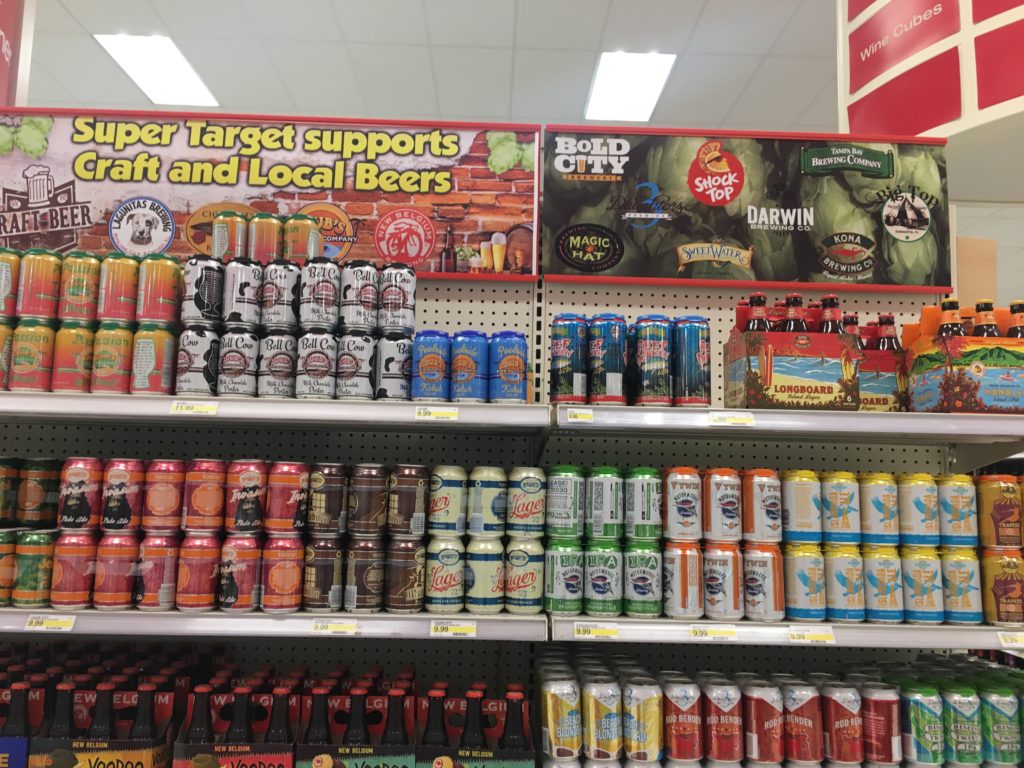 There are few things more satisfying, food wise, than putting good cream on the top of fruit, or adding sour cream, or whipped cream, or coffee with cream, or tea with milk, or bread with butter, or cold or hot cereal with milk. Cream on top, buttered bread, ice cream, cheese courses, Greek yoghurt, cheese pizza, latte’s and the like are synonyms for a finished product, something that is complete. Macaroni does not get real until the cheese goes in.
There are few things more satisfying, food wise, than putting good cream on the top of fruit, or adding sour cream, or whipped cream, or coffee with cream, or tea with milk, or bread with butter, or cold or hot cereal with milk. Cream on top, buttered bread, ice cream, cheese courses, Greek yoghurt, cheese pizza, latte’s and the like are synonyms for a finished product, something that is complete. Macaroni does not get real until the cheese goes in.
What provides this essential component to our diet? The dairy industry. And that dairy industry is suffering greatly. In some places, a gallon of milk, heretofore usually about $3.50 a gallon at full price, is now selling for less than $1.5o in some places. The idea of milk has been tarnished by our food establishment, who encourage low fat or even fake substitutes and so-called “creamers” that are really corn-sugar laced syrups.
Our dairy foods are so important, yet we forget about them and take them for granted.
Milk substitutes, made like chemicals in a munitions factory, are now our substitute. Not only the stuff is not as tasty as milk, it is not milk. It is a chemical compound, even if non-GMO, and serving it featured in a Whole Foods-appropriate container that looks organic does not make it natural.
Milk is no longer promoted by schools, who seem to have forgotten its power to build bones, provide easy protein, and quickly energize the brains of students even at a time when everyday foods are trashier than ever.
The “Got Milk” campaign was a failure, and an expensive one at that. Since the campaign, milk consumption has plummeted. There is a simple answer. The commodity approach to promoting milk needs to stop. The industry needs to get back to brands, to terroir, to regions, to families and to the glories of individual dairy farms.
People forget that in the 1970s, beer had become mostly a commodity national product, with just a few national brands owning the market. Beer was not made locally, and there were no local breweries left. Fast forward 40 years, and a new industry developed, the local micro-brewer. New entrepreneurs, mostly younger, saw the potential for a better-tasting beer, and revived the idea of the regional brewery. Today, even a Super Target (see photo above) has an area for local beer brands.
The dairy industry can do this too. And it is beginning to happen, with the advent of Greek yogurt, specialty cottage cheese, and the many new brands of regional cheeses. The challenge? This energy and brand power needs to extend into milk.
Some agenda items:
- Studies: We know that there are many studies that show the positive effects of whole milk. While some people might be lactose intolerant, the startling and geometric increase in this syndrome seems to be of recent making, and of invented levels, as many children who seem to be “intolerant” often have a tolerance for ice cream. The industry needs to collate these studies, promote them, and gather dozens more. The idea that diary is unhealthy is wrong. They are doing this, of course, but there needs to be more of it. How about the milk industry do a simple SEO study of what shows up in a Google or Bing search on milk and nutrition? Hint: A Bustle story should not be driving the conversation.
- Local Branding: Dairies used to be regional. In the 1960s, they were doing things like delivering, things that Amazon is being celebrated for. They were well branded, and had local mascots, promotional items and dairy tours. At first glance, to say “we need more local dairy brands.” and posit that as a solution, seems un-helpful. However, we need to reinvent what the local dairy is about. People are not going to buy local dairy products unless the local dairy promotes itself like a local beer, with clever logos, dairy tours and a wide variety of products.
- Multiple Products: A farm dairy often just does one thing, i.e. milk, and sells it as a commodity to a larger processor. If a dairy wants to build its own brand, however, it needs to do a few different products. That would get it out of the commodity trap, and allow for its own promotion. Selling a special cheese, or a butter, under the same brand would allow the dairy to begin to be seen in different parts of the supermarket. In addition, if a dairy sells a cheese, it can be sold in any sort of supermarket or gourmet store. Not every Whole Foods can sell your milk, but if they sell one of your local cheeses, you are advertising your whole operation to a new audience.
- Target Market: We know that some gene groups are more lactose intolerant than others. But the reality is that most of us who came from Europe can deal with milk products just fine. Many who are intolerant can be tolerant if they have certain bacteria, and eat milk products in certain ways. Milk has way more lactose than cheese, for instance.
- UHT Milk: Parmalat seems to be about the only UHT brand consumers know in the U.S. and consumption of UHT is small, compared to Europe. However, the industry would do well to promote its use, as it is a practical item for every house. It is shelf-stable, which means that you can have some milk on hand in case you run out. And it is also an important item for anyone who wants to be prepared for storms and such.
- Drop Generic Advertising: The stupid Got Milk promotion, pushed by Goodby, Silverstein & Partners, was thankfully dropped in 2014. Today, the slogan is Milk Life, a smidge better. However, the reality is that there should be no brand for milk promotion. All promotion of milk should be for the individual brands. The current MilkLife.com website however, does have some useful things including links to nutrition facts, the milk drive food pantry program, and links to local dairy brands. Keep the website name but don’t try to make it the brand.
- Tours and Delivery: This was always an important part of a dairy promotion. Certainly, there are agricultural regulations and insurance issues that make this a challenge, but it is that, only a challenge. I suggest each dairy read Joel Salatin’s book The Marvellous Pigness of Pigs to see what this sort of tourism might look like.
- Schools: The issue of Vitamin D and calcium is important. But there was another benefit of drinking milk at schools; it is a food, and it gives children energy because it is protein as well. Furthermore, the drinking of the milk replaces other drinks, such as sweet tea. Local dairies need to make personal connections with members of local school boards, school principals and dietitians. Start in early grades with kindergarten visits to dairies, and ensure that the dairy that offers tours is the one that is providing milk.
- States Need Dairy Promotions: Regional dairy promotions, such as Wisconsin’s America’s Dairyland, are important. A region is an important part of food marketing. Terroir, that French idea, matters. States would do well to come up with brands that promote their own brands, as local factors are important in building a brand name. A connection to a place links the dairy product in the mind. If I think of English cheese or English butter, I get a firm idea in my head. Ditto with a French cheese, or a Netherlands cheese. Use your region to not only sell expensive cheeses, but the whole dairy industry.
- Alt Milk: In England, there is a counter-cultural element to milk, whereby some alt-right types have embraced milk drinking as a meme, as some racial groups are more tolerant of milk than others. While it would never be smart for an industry to embrace politics, the industry should be aware of these things. That milk may be popular among any segment should be a good thing, even if some do not like the messenger.
Certainly there are many challenges to milk promotion. Often dairies are strapped for funds, and in areas where there are few local customers. In addition, the price of land for farms near customers is an issue. Of course, the industry needs younger people to take over farms, and that poses another set of challenges. But these are merely obstacles to a tremendous opportunity.
There are few things more important and valuable to a country and an economy than healthy food, prosperous farms and a diverse local business base. Encouraging our dairy industry is key.

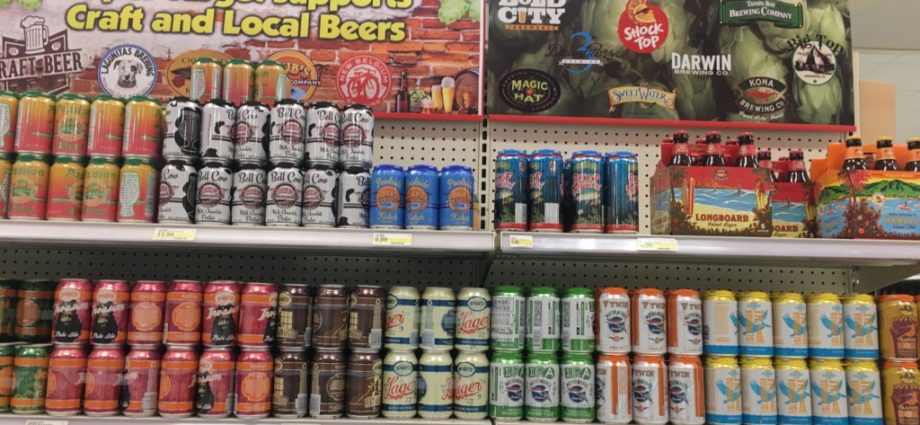


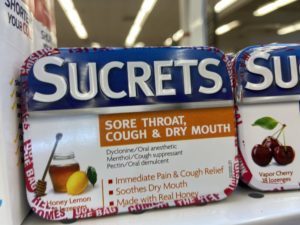
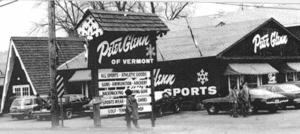
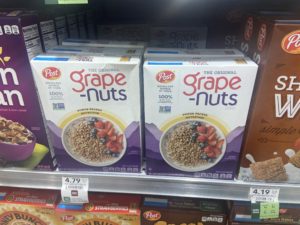
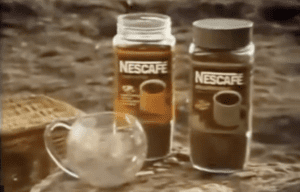
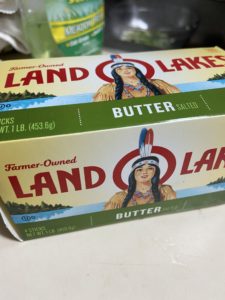
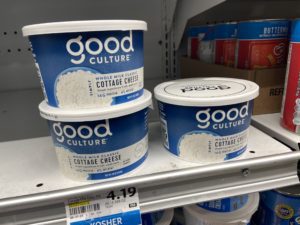
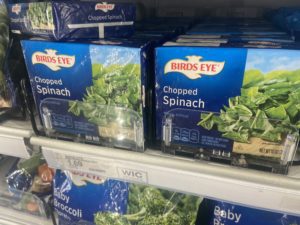
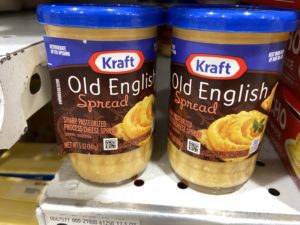


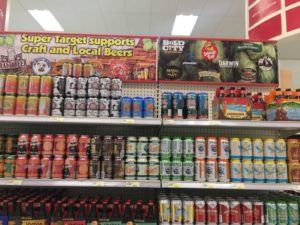
It has link to a podcast in it
Latte’s what? What belongs to latte?
The assumption only Caucasians reading this kind of leads into the only bad point you made–the last one.
While America’s fond enough of white supremacists that Volkswagen, the Nazi Germany auto supplier, became the symbol of peace and love, this is about staying relevant from now on. Compared to Volkswagen, anyone remember Nissan after WWII? They were the Imperial Japanese Army auto maker, and their politics (the sole fact that Japan would try to colonise like white people do was what set off the trade embargo, America ignored all attempts at peaceful negotiations, Pearl Harbour, and then people like my infant dad were locked up)
The politics associated with Nissan made it necessary to camoflauge over here as Datsun for nearly forty years.
Recently, P.R. gaffes have caused smaller troubles. Almost as soon as Pepsi ran that ad where a white woman is better at protesting than Black people, Pepsi started needing to be on sale TO sell.
I’m still seeing the Pepsi-Cola line of products dip to a dollar a bottle while Coca-Cola remains steadily above a dollar fifty.
Yes, pandering to a very disliked group who’s in power right now will net short-term profits, but it may well result in decades of loss.
That’s the entire problem with the current American business model–we’ve lost sight of maintaining our brands as legacies in exchange for a quick cash-out. That’s exactly what taking the side of a hate group would do, no matter how much they’re in power right now. Look at our changing demographs. Part of becoming and staying relevant is keeping up.
1-9 deserve at least consideration. 10 could have a lasting chilling effect all to net a few short-term customers.